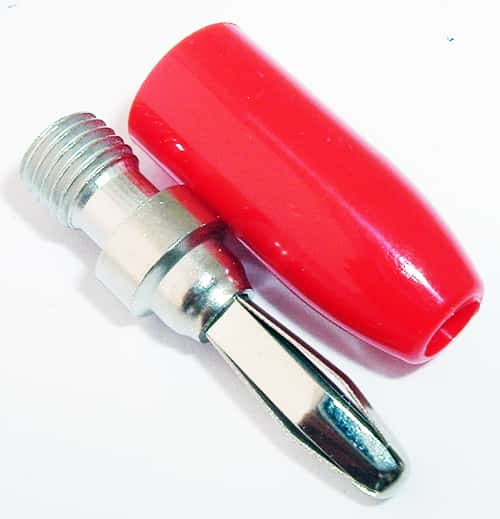
Because I built my new AR.com speakers with two sets of speaker terminals so I could experiment with bi-amping (which didn't work out so well), I decided to try bi-wiring instead. For connectors, I used Radio Shack gold-plated banana plugs.Īfter living with the above setup for a year or so, I decided to make a change. The wires are crossed in such a way that the conductor of one and the shield of the other carries the (+) signal, and the shield of the first and the conductor of the other carries the (-) signal. The speaker cables use two pieces of coaxial cable for each lead. At least, I use the Belden cable for the tweeters anyway see the "Bi-Wiring" section, below. Now I use speaker cables made from the Belden coaxial cable discussed above in the "Interconnects" section. Also, it generates high levels of capacitance from all those wires that is not good for the amplifier. Then, I tried braiding CAT5 network wire (described, among many other places, here), and that may have sounded better (hard to tell), but the braided wire is bulky, ugly, and unwieldy. That seemed to make an improvement, especially in the bass.
RADIO SHACK BANANA PLUG ZIP
My first experiment with improving my speaker cables, many years ago, was to buy 12 AWG "Monster Cable" (still "zip" wire, just very expensive zip wire).


The Radio Shack plugs are the cheapest gold-plated plugs I could find (about $3.00 each). I don't think the gold makes any difference in the sound, but they won't corrode over time, and I think corroded connections can make a difference in the sound. I followed Jon Risch's detailed instructions for building the interconnects and speaker cables (also here).įor the interconnect connectors I used Radio Shack gold-plated RCA plugs. The cable is coaxial, low capacitance, has both a foil and a braided shield, has Teflon insulation, and a Kevlar jacket (see the specifications at the bottom of the page). As it turns out, this kind of cable is ideal for making very high-quality interconnects and speaker cables. I was fortunate to have come into the possession of a small amount of leftover Belden plenum network cable that was used to set up a network in an office where I worked years ago. God forbid they should short-out and blow the amplifier. It sounded a little brighter than the cheap-o cables, but the wires were very delicate and difficult to manage in the rat's nest behind the equipment. I didn't know any better.įor interconnects, I tried braiding thin (30 AWG) magnet wire (described, for example, here).

I used to use standard 18 AWG "zip" wire for speaker connections, and the thin cheap-o interconnects that come with commercial low- to mid-fi equipment. The problem is that the previous article I saw didn't say anything about using shrink tubing, and I don't have any shrink tubing (none came with my banana plugs).I have experimented with various kinds of speaker cables and interconnects over the years. Since the previous pictorial didn't mention shrink tubing, is it mandatory? Is it bad to not use this shrink tubing, and why? The problem is that the previous article I saw didn't say anything about using shrink tubing, and I don't have any shrink tubing (none came with my banana plugs). (with a heat gun or hair dryer) to shrink it tight."

Rear and the front portions of the plug apply heat Portion of the assembly so that it overlaps both the "Step 6: Sleeve the heat shrink tubing over the knurled I just put the banana plugs on my wire tonight and it went smoothly, but I was using a different pictorial tonight to walk myself through the process and noticed something new. It looked easy enough, so I decided to do this part myself to save money. So I recently bought a receiver, ordered some bookshelf speakers (still awaiting delivery), and bought speaker wire and banana plugs.īefore I ordered the banana plugs I found some instructional photos online that showed the process step-by-step.


 0 kommentar(er)
0 kommentar(er)
